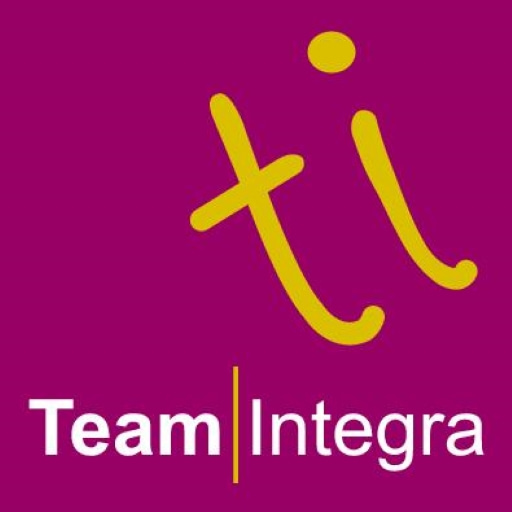The “learning curve” is only truly exploited by first “unlearning”……
It seems that almost every organisation aspiring to be lean or agile has a “system” that is visualised as a house or with pillars of varying numbers. They are mostly rigid, two dimensional structures and are often a way of linking various lean tools together. Often, they expand as more lean tools are developed or “sold” to us. In my opinion almost, all fail to portray the essence of lean and kaizen (in particular). Why is that? Well, when I say two dimensional what I really mean is that they don’t explain context or circumstance and they, mostly, don’t cover thinking or learning. They become a mere collection or menu of tools that are then used for accreditation, belts, audits and standards.
Is your organisation lean enough?
Most of us in the lean world will have experienced many audits on our site and system’s leanness (if there is such a thing). There are many versions and models based on many templates. Do they help? On the University of Buckingham’s MSc Lean Enterprise module 5 is all about the practical application of lean “tools”. For this particular module we were hosted, brilliantly, on a student’s home site and in two teams we were let loose on two separate manufacturing lines. If we were following a traditional path we could’ve started by undertaking an audit against a well-known lean model to unearth the gaps or the deviations from standard, but we didn’t. Why? Because one of the objectives of the week was to “unlearn” some of those very models and temples of tools. Memorising information to pass exams maybe the current consequence of targets and policies in UK schools but, it doesn’t always promote curiosity, experimentation, knowledge gathering and problem solving. What is it like to start from scratch, with a problem to solve, a blank sheet of paper and an open mind?
Copy and paste lean without knowledge
So, when did it become the accepted norm to copy and paste another organisation’s “systems” or models without questioning? In lean history probably sometime around 1973 when the tools of the Toyota Production System were first formally recorded. Prompted by both the oil crisis with its subsequent government investigations and the need for Toyota to expand TPS became a “thing” with a name and a house. This begs the question: What did Toyota call it before then for the preceding 20 years? Did it have a name or was it the evolution of a series of solutions to the problems they were confronted with? That is why context and circumstance are so important to understanding the source, the system and the motivation to improve. The very thing that is missing from most two-dimensional models lean models.
Learn, Unlearn and Relearn
It is often best to develop your “own” tools that would fit the problems and issues you uncover. Endeavour to start your diagnosis from scratch without the hinderance of your previously learnt lean tools bias. Put yourselves in someone else’s shoes and try to mimic the experience gained from the origins of the Toyota Production System, the years between 1950 and 1973. Aim to gain knowledge of the current state through observation, data gathering, questioning and communication. With increasing knowledge comes a better solution. Rather than just lazily picking the lean tool from the box understand and solve the reasons for poor flow. Unfettered from your pre-determined, copy and paste solution, set about experiments to validate your findings and hypothesis. What you may actually find is that “unlearning” isn’t as easy as it sounds!
